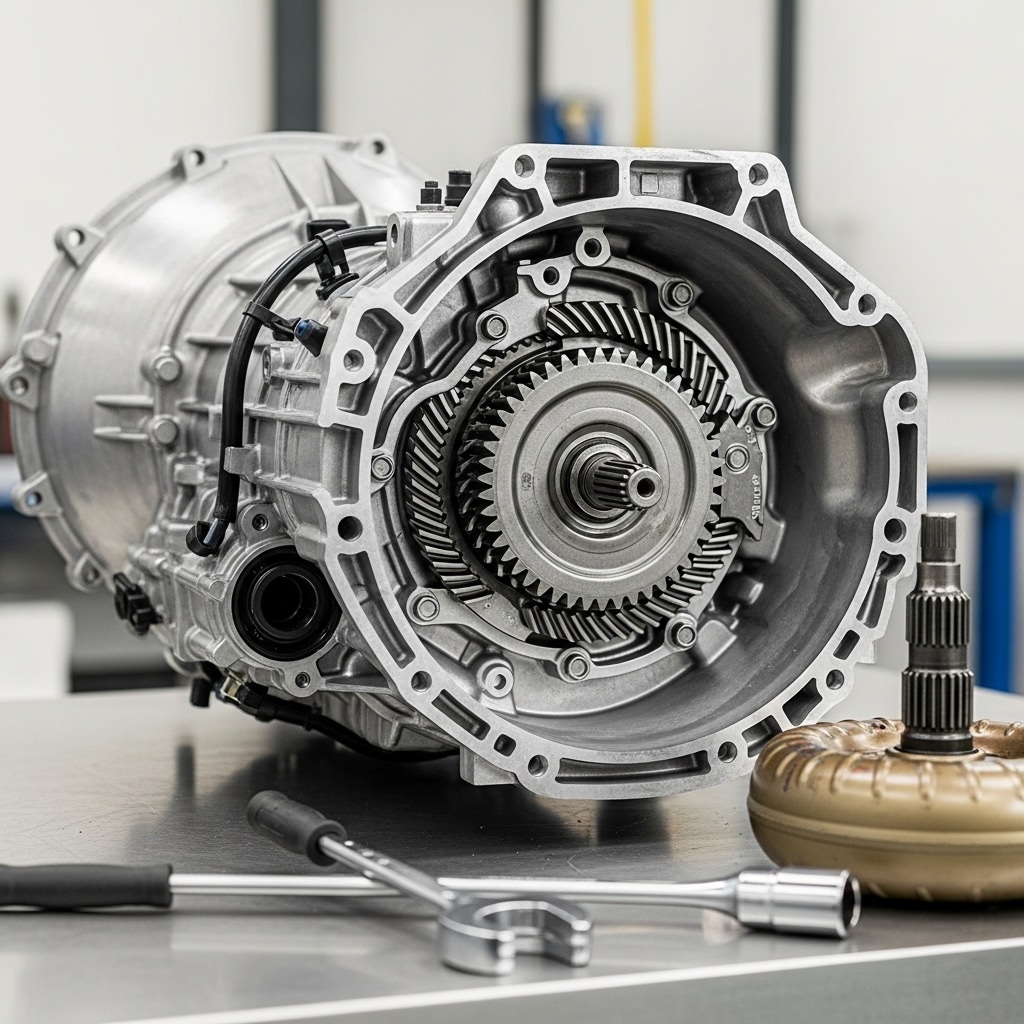1. Refusing to Shift or Delayed, Rough Shifting
This is the most frequent and noticeable symptom. It can manifest in several ways:
- Delayed Engagement: You shift from Park into Drive or Reverse, and there's a long pause before you feel the gear "clunk" into place.
- Slipping Gears: You're accelerating, the engine RPMs flare up, but the car doesn't gain speed proportionally. It feels like the transmission is momentarily in neutral. This is a classic sign of worn clutches or low fluid pressure.
- Hard or Abrupt Shifts: Each gear change is a jarring event, causing the whole vehicle to lurch. This indicates a problem with pressure control inside the transmission.
2. Strange Noises (Whining, Buzzing, or Clunking)
Your transmission should operate almost silently. New noises are a clear signal that something is wrong. Listen for:
- Whining or Humming: A consistent whine that changes pitch as you accelerate can point to a failing planetary gear set or a problematic torque converter.
- Buzzing Sound: A distinct buzzing could indicate low fluid levels or a clogged internal filter, causing the pump to cavitate.
- Clunking and Banging: Sharp, metallic clunking sounds, especially during gear shifts, can mean severe mechanical damage inside the transmission.
3. Leaking Fluid
Transmission fluid is the lifeblood of your transmission. It's a lubricant, coolant, and hydraulic fluid all in one. A leak is a serious issue. Look for a reddish or brownish puddle under the front or middle of your car. Healthy transmission fluid is bright red and smells somewhat sweet. If it's dark brown or black and smells burnt, the fluid is old and degraded, and internal damage has likely already occurred.
4. A Burning Smell
An acrid, burning smell is a major red flag. It's the scent of overheating transmission fluid. When the fluid gets too hot, it breaks down and loses its ability to lubricate and cool the internal components. This leads to rapid wear and friction, which can quickly destroy the clutches and bands inside. If you smell this, pull over safely and have your vehicle towed to a mechanic. Continuing to drive is a recipe for catastrophic failure.
5. Check Engine or Transmission Warning Light
This is your car's most direct way of telling you something is wrong. Onboard computers monitor hundreds of parameters, including transmission fluid temperature, pressure, and gear shift timing. If a sensor detects an anomaly, it will illuminate the "Check Engine" light or a specific transmission warning light (often shaped like a gear). Don't ignore it. A mechanic can use an OBD-II scanner to read the specific Diagnostic Trouble Code (DTC) and pinpoint the source of the problem.
What Are Your Options? Rebuild vs. Replace vs. Remanufactured
If your transmission is failing, you generally have three paths forward:
- Rebuild: A local shop disassembles your transmission, replaces only the failed parts, and puts it back together. Quality can vary greatly depending on the technician's skill.
- Used/Salvage: A used transmission from a junkyard. This is the riskiest option, as you don't know its history, and it often comes with a very limited warranty.
- Remanufactured: This is often the best-value solution. The transmission is completely disassembled at a factory, inspected, cleaned, and all wear parts (seals, gaskets, clutches, solenoids) are replaced with new or re-machined components. It's tested to meet or exceed original factory specs and comes with a solid nationwide warranty.
Recognizing the signs of transmission failure early gives you the power to make an informed decision, saving you time, money, and the stress of being stranded. When in doubt, always consult a professional technician.

